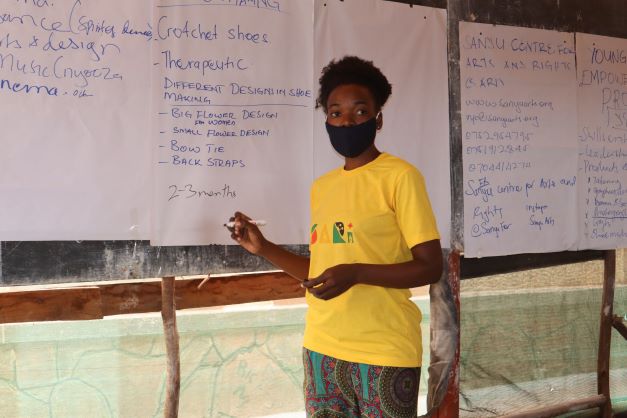
We know how necessary the law is to influence and shape communications, behaviors and attitudes in our society. Nevertheless, the law has its limitations because it works at a distance from the lives of most people, including the most vulnerable and marginalized. Human rights education offers a vibrant set of materials that explore human rights and can help build a rights-respecting environment hence a culture of human rights. Yet sometimes, it is looked at as a foreign concept. On many occasions the resistance comes from because the fear to upset power and the existing imbalances which are biased on gender, age, ability, ethnicity, status and among others. For us to embrace a culture of human rights, we must appreciate that human rights are greatly engrained in our way of living.

A culture of human rights enhances development as all get equal opportunities to contribute to society. This includes every person regardless of their gender, age, location, ethnicity, ability or disability to mention but a few.

In a culture of human rights, everyone's voices matters. Arts are a powerful communication and participatory tool in conducting human rights education. Arts promote inclusion, active engagement especially of youth and other marginalized people. Arts tap into existing cultures and common experiences to amplify key issues such as sexual reproductive health rights, mental health, gender based violence to mention but a few.

Individuals, family, government, business, academic institutions, media are active and interrelated contributors to the culture of human rights. Each of these have different compositions yet complementary roles as rights holders and duty bearers that influence the realization of a culture human rights.









